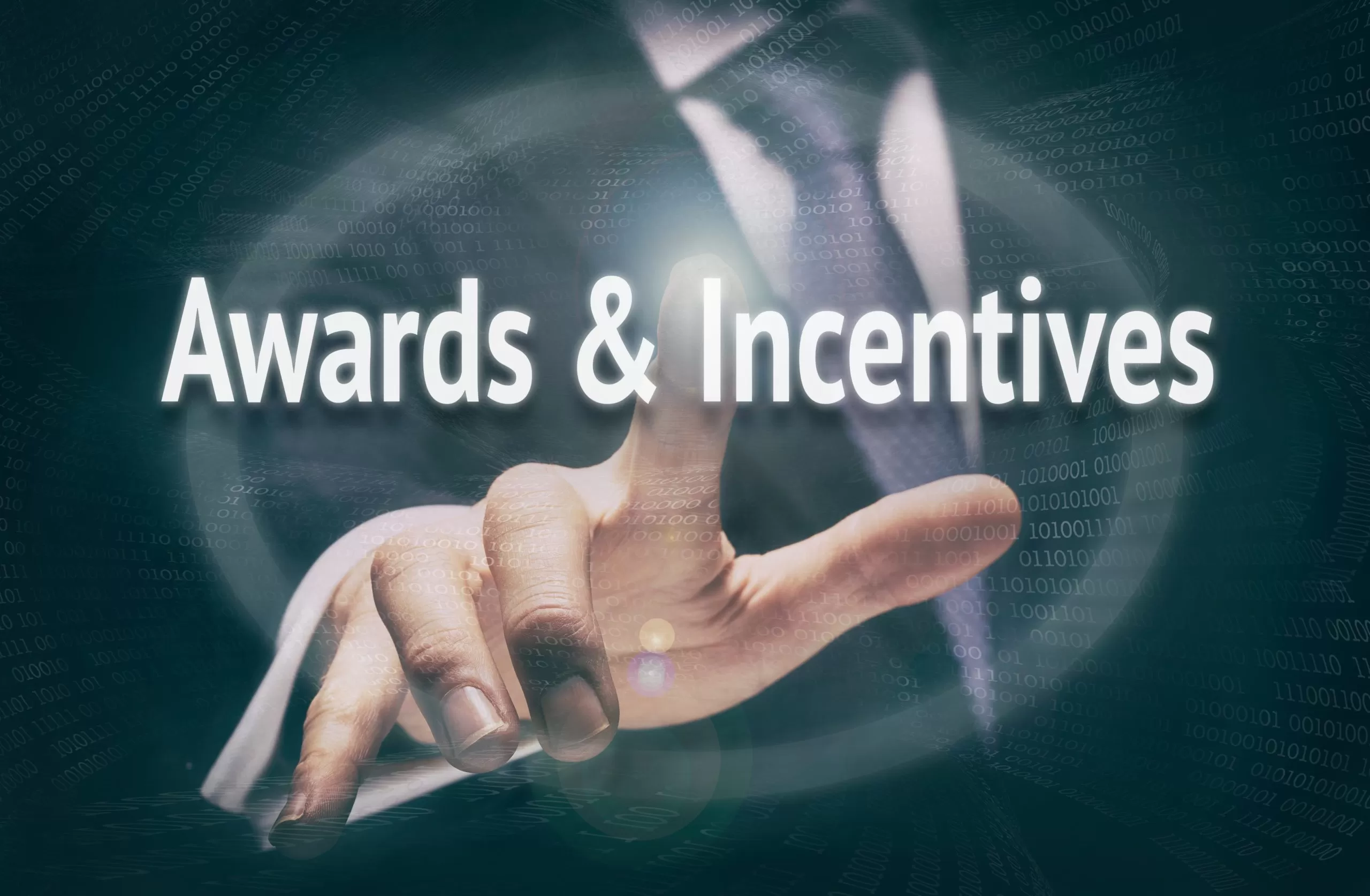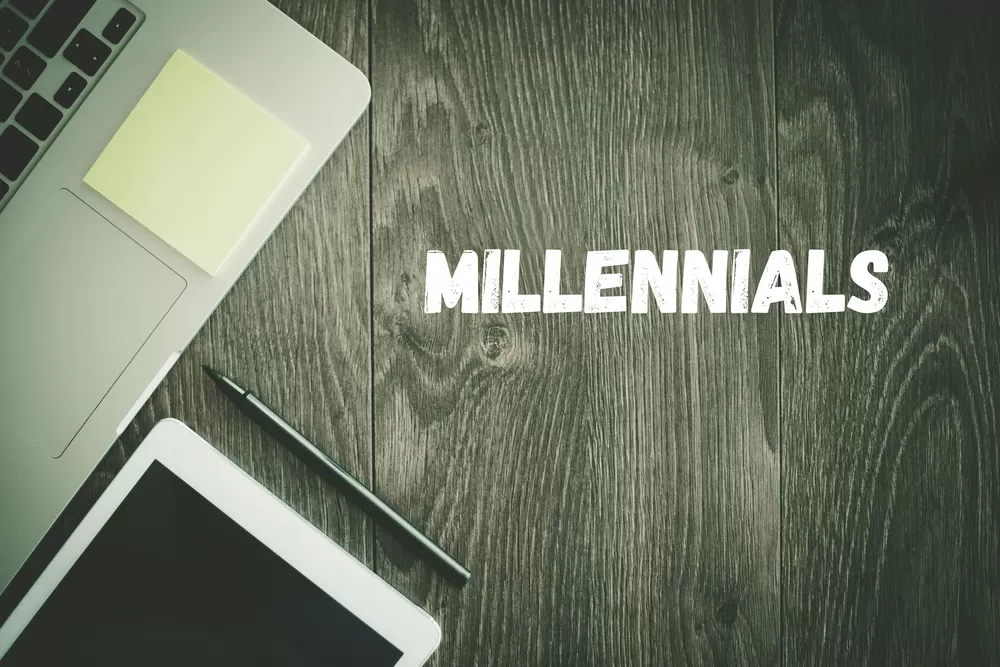Incentive programs can be a powerful motivator that can help to improve company productivity and make employees feel more content. Incentive programs are tricky, however, and not just any old incentive strategy will work. Starting up an incentive program helter-skelter and using it inconsistently can do more harm than good, so it is important to make sure you truly need an incentive program and then execute it in just the right way to get results. Finding the right balance between rewarding employees for good work and reprimanding employees for poor work is the key to maximizing employee productivity.
Why Should You Use an Employee Incentive Program?
Incentive programs for employees can help motivate high levels of productivity and good employee behavior. The fear of being reprimanded or punished for poor performance or bad behavior doesn’t typically motivate employees as well as positive incentives. An incentive program can help your employees feel appreciated and valued. This means that employees may be far more willing to go above and beyond expectations. Without positive reinforcement, employees may only perform the bare minimum to avoid a reprimand rather than working harder to earn the rewards from the incentive program.
What Employee Incentives Should You Use?
There are a wide variety of different incentives. Incentive programs should include the benefits that will most motivate your staff members. Different employees may have different incentives that they prefer. Creating the ideal incentive program will involve revisiting the incentives on offer and adjusting them as needed. That way, you’ll always be certain that your current incentives are the best ones to keep your employees feeling valued and appreciated. The following are some employee incentive ideas that can help you create the ultimate employee incentives program.
Employee Bonuses
Bonuses are a great way to motivate employees. If there’s a specific behavior that you want to encourage, a bonus for that behavior in particular can help motivate your employees to improve it. For example, if you want to encourage employees to improve attendance, you can offer perfect attendance bonuses, with larger bonuses for longer periods of time. Holiday bonuses and regular (annual, quarterly, project-based etc.) bonuses can help keep employees working hard throughout the year. You can also offer productivity bonuses to employees for extra motivation.
Unlimited Sick Days
Many companies offer only a set amount of sick days. If an employee uses up their sick days, they’re out of luck and have to take unpaid time off if they’re sick. This means that employees often come to work sick. A sick employee won’t be as productive and may stay sick longer because they didn’t take the time off to rest. Plus, there’s a risk that someone coming into work sick will infect their coworkers. Offering unlimited sick days encourages employees to take the time they need to get better more quickly. This can actually end up with fewer total sick days taken because employees can recover faster and also not get your other employees sick.
Bring a Pet to Work Day
Contrary to popular belief, allowing pets in the office isn’t a perk that benefits only employees. Studies have found that bringing pets to work can actually improve employee productivity. Pets improve employee morale and decrease stress. These factors in turn result in increased employee productivity. Employees are happier at work while their pets are with them. Plus, having to take care of the pets reminds them to take breaks throughout the workday. Employees are more productive when they’re able to take the mental breaks they need from work.
Flexible Scheduling
A good work-life balance is essential to your employees’ overall wellbeing. The better balanced an employee’s life is, the happier and less stressed they’ll be at work. Flexible scheduling can go a long way towards improving employees’ work-life balance. Some employees, such as those with children or who are also caregivers, may need flexible scheduling. Along with teleworking, flexible scheduling is often now expected by top talent as a perk. Offering flexible schedules can help you keep employees from seeking employment elsewhere and also help you attract top talent.
Teleworking
Another employee perk that has come to be almost expected by top talent is teleworking. Working remotely has never been easier than it is now. Workplace technology and HRIS software allow employees to access everything they need from home. Employees that work remotely are often more productive than those that work in an office environment. In fact, many employees find that the work-life balance is more difficult to maintain while working from home and that they put in more hours teleworking. Plus, employees are more productive without the distractions of an office setting and can save money on not having to commute.
Tuition Reimbursement
The more highly educated your employees, the more productive they can be. Plus, earning higher degrees can result in employees learning skills that benefit them at work. However, higher education can cost a lot of money. Offering to reimburse employees for some of that cost can encourage them to take the leap and earn a degree. You can decide ahead of time on specific requirements, such as a degree that is relevant to their job and GPA requirements, that employees would have to meet to qualify for tuition reimbursement. In addition, you can decide on a specific dollar amount or percentage of the tuition to offer that can keep it reasonable for the company. Over time, the company would earn an ROI that amounts to more than the initial cost spent in the form of more highly skilled employees.
Profit-Sharing
Profit-sharing is a great way to improve employee morale and increase productivity. Not only does profit-sharing function as a bonus for employees but it also directly ties their efforts into profits for the company and themselves. The harder they work, the more the company makes and, by extension, the more they make. Employees like to feel valued and to see how their efforts contribute to the company. With profit-sharing, each employee can see more clearly how they contribute to the company’s success. Set aside a certain percentage of the company’s profits to be shared amongst employees in a profit-sharing incentive.
Casual Dress Code
If your staff normally have a work uniform or are required to wear professional dress to the office, a casual dress day can be a good incentive. You can choose to reward employees with a regular casual day every week, often Friday. Alternatively, you can have a casual day earned by employees meeting certain goals. The opportunity to dress casually at the office can motivate employees to meet their weekly goals.
Flex Time
If your company can’t commit to flexible scheduling, offering flex time is a good alternative. Give employees a window of time during which they need to start their day. Employees would need to begin work at some time during that window and then complete a full eight-hour shift that same day. Flex time can offer employees the flexible time they need to address personal obligations such as picking children up from school, while not committing the company to flexible scheduling.
Wellness Incentives
The healthier employees are, the better they’re able to be productive. Offering wellness benefits such as a gift card for a gym membership or a company health program. Wellness incentives can offer employees something to work for while at the same time contributing to their overall health and well-being.
What to Keep in Mind when Creating an Incentive Program
Not every incentive program is the perfect fit for every company. What works for one company may not be the best option for your own employees. It’s important to select incentives for your program that will be the best match for your employees. The better the incentive is for your specific employees, the more results the company will see. If your incentives aren’t ones that your employees actually want or need, then your incentive program may not have the desired effect.
Figure Out the Goals of the Program
Most companies want to increase revenues and improve productivity, but those goals are far too vague to actually be effective for an incentive program. Pinpoint specific things that may help to increase revenues, like selling more of a high dollar item or reducing waste. Make sure that the goals are achievable and measurable and set an amount of time for attaining them.
Determine Your Budget
Incentive programs cost money that is not always recovered. It is important to determine how much you can afford to spend on an incentive program and look at the money that you are spending as an investment that will not necessarily have a favorable ROI. Incentive programs do not have to be high dollar, so even a small budget for an incentive program may be workable and may allow you to do a test run to see how well it works for your company.
Avoid Common Incentive Traps
There are a few common incentive traps that companies often fall into when they don’t have a lot of experience with incentive programs. While contests may seem like a good idea and may actually drum up a bit of friendly competition, contests end up isolating people that work hard to achieve the goal but that do not place high enough to receive a reward. Selecting gifts as an incentive may also bomb if not enough research is done, because employees may not end up caring about the gifts being offered.
Keep the Rewards Small
Small rewards for small behavioral changes have shown to work better than large rewards for large accomplishments in the grand scheme of incentive programs. When employees make small behavioral changes to receive an incentive, they are more likely to sustain that behavior after the incentive program ends – especially if the management views that behavior as favorable in general. Large rewards imply large struggles, so employees may feel relieved after a program ends and go back to business as usual.
Carefully Select Rewards
Rewards can be fun to select, but a good deal of thought should be put into selecting them. Things that employees need to buy but don’t necessarily want to spend money on, like gas or oil changes may make good rewards or leisure rewards like movie tickets or a Netflix subscription may also work. Try to get a few rewards together to suit different interests and get an idea of what everyone likes and needs so that your rewards don’t fall flat.
Communicate Frequently and Effectively
Make sure that all employees understand the goals of the incentive program, how they can “win”, what the prizes are, and when the incentive event will take place. If the program will be continuous or ongoing, make sure all employees understand how it works. Make a special effort to drum up excitement for the program so that employees will feel motivated instead of forced to participate.
Is your company looking for a new HRIS to manage employee benefits and incentives? Matchr can help you find the right vendor for the software that will best fit your needs. Visit our HRIS software match page to get started.












